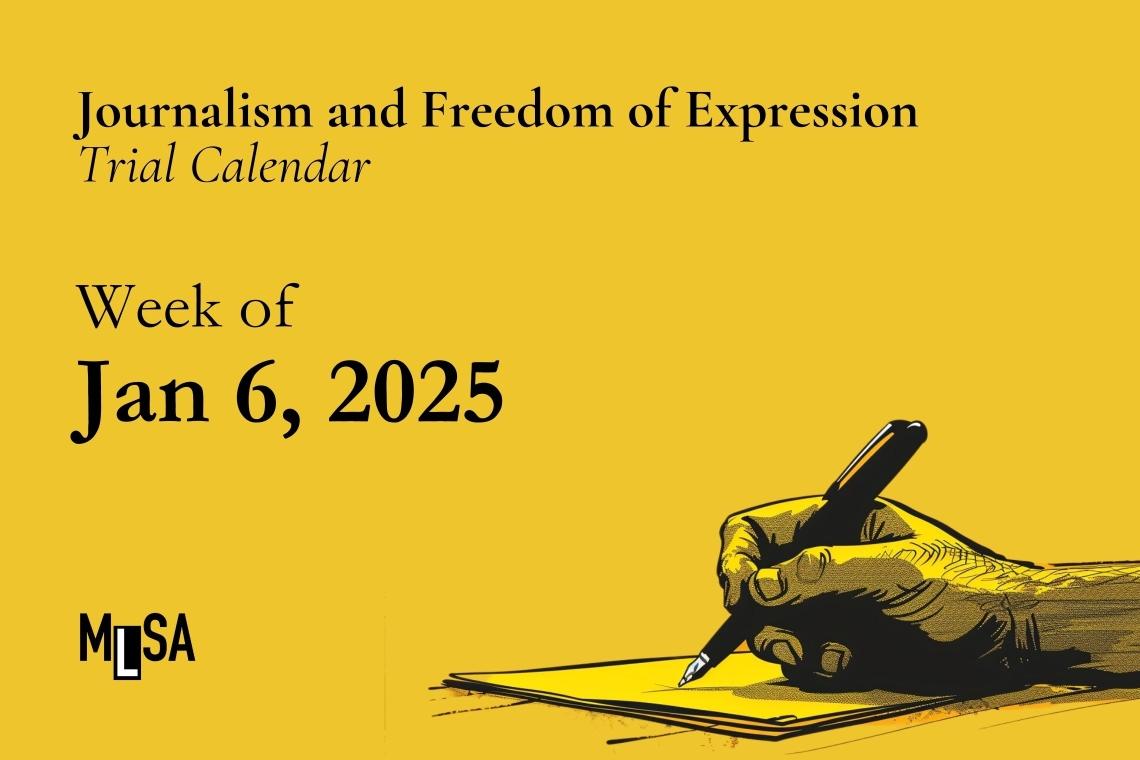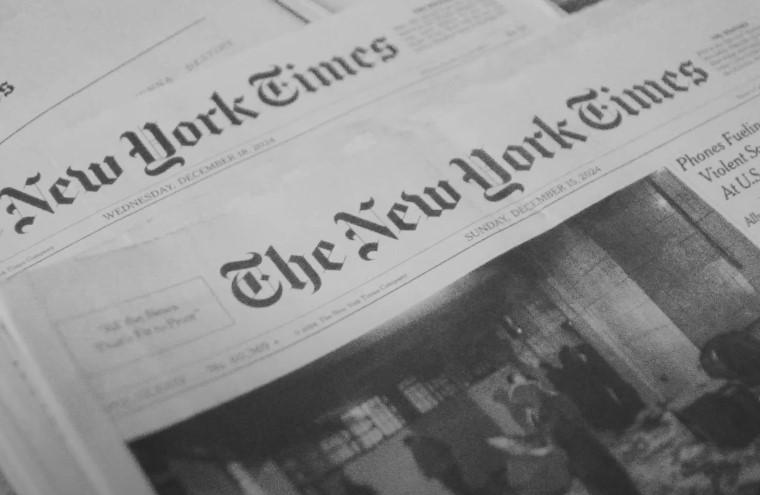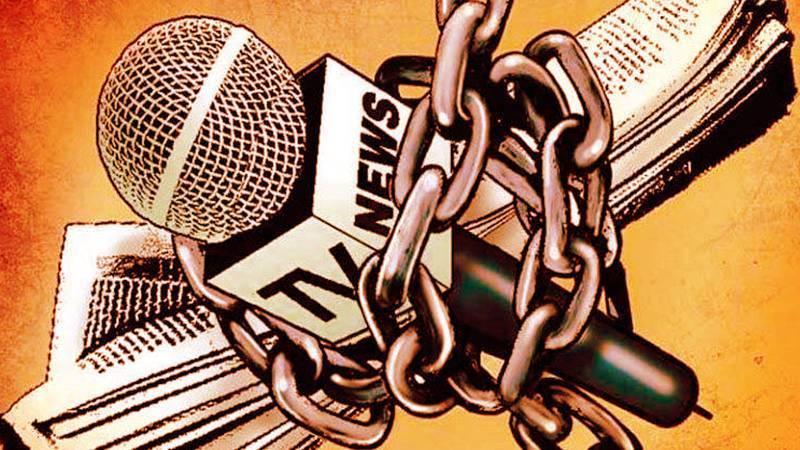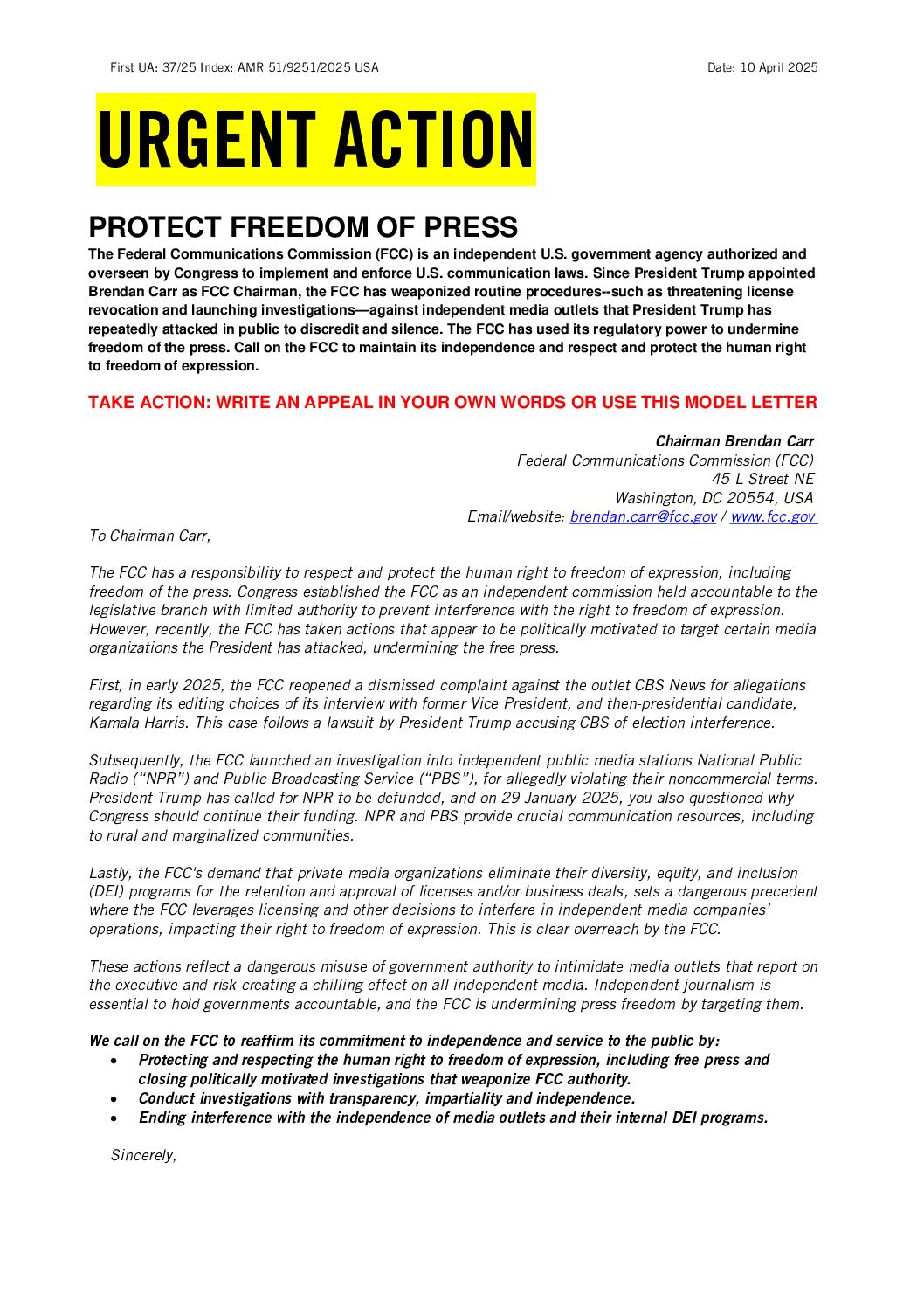In an era where information flows faster than ever, the role of a free press remains both vital and vulnerable. As 2025 unfolds, a new wave of legal battles is poised to redefine the boundaries of journalistic freedom and government oversight. From landmark courtrooms to digital battlegrounds, the cases on the horizon promise to shape not only the future of news reporting but also the very fabric of democratic expression. This article delves into the most significant freedom of the press cases to watch in 2025-highlighting the challenges, stakes, and potential outcomes that will influence how truth is told in a rapidly changing world.
Table of Contents
- Freedom of the Press in 2025 Emerging Legal Challenges and Trends
- Key Court Battles Shaping Media Rights and Responsibilities
- Balancing National Security and Journalistic Freedom in the Digital Age
- Strategies for Media Outlets to Navigate Evolving Legal Landscapes
- Expert Recommendations for Advocates Defending Press Freedom
- Frequently Asked Questions
- In Summary

Freedom of the Press in 2025 Emerging Legal Challenges and Trends
As we navigate the media landscape in 2025, the press faces a complex web of legal challenges that test the boundaries of free expression. Governments and corporations alike are leveraging new technologies and regulatory frameworks, often blurring the lines between protecting national interests and curtailing journalistic freedom. The tension between transparency and security has never been more pronounced, with courts becoming battlegrounds for defining the limits of press rights.
Emerging trends indicate a sharp rise in cases centered on digital censorship and data privacy. Journalists are increasingly targeted through legal mechanisms such as strategic lawsuits against public participation (SLAPP), which aim to intimidate and silence investigative reporting. At the same time, the rise of AI-generated content poses unprecedented challenges in determining authenticity and accountability, prompting courts to rethink existing defamation and intellectual property laws.
Key issues to watch include:
- Government surveillance: Legal disputes over warrantless monitoring of journalists’ communications.
- Platform liability: How social media companies’ moderation policies intersect with freedom of expression.
- Whistleblower protections: Strengthening or weakening of safeguards for sources in the digital age.
- Cross-border jurisdiction: Challenges posed by international reporting and enforcement of press freedom protections.
| Case Type | Legal Focus | Potential Impact |
|---|---|---|
| AI-Generated Content | Authorship & Liability | Redefining journalistic accountability |
| Digital Surveillance | Privacy Rights | Limits on government monitoring |
| Platform Moderation | Free Speech vs. Harmful Content | New standards for online expression |
| Whistleblower Protections | Source Anonymity | Encouraging investigative journalism |
Key Court Battles Shaping Media Rights and Responsibilities
As the media landscape evolves rapidly, several landmark cases in 2025 are poised to redefine the boundaries of press freedom and journalistic duty. Courts are grappling with complex questions about the balance between public interest and privacy, especially in an era dominated by digital platforms and instantaneous news cycles. These battles are not just legal skirmishes; they embody the ongoing tension between transparency and responsibility in a democratic society.
One of the most closely watched disputes involves the scope of protection for whistleblowers and investigative journalists reporting on government surveillance programs. The courts are examining whether the traditional shield laws are sufficient or if new regulations are necessary to safeguard sources in an age of pervasive digital monitoring. The outcomes could either broaden media protections or impose tighter controls, influencing how newsrooms operate nationwide.
Key issues under consideration include:
- Limits of anonymous source protection in national security cases
- Accountability of social media platforms in curbing misinformation
- Rights of journalists versus individuals’ privacy rights in digital reporting
- Government subpoenas and their impact on editorial independence
| Case | Core Issue | Potential Impact |
|---|---|---|
| Smith v. Federal Watchdog | Source protection in national security leaks | Expanded shield law for journalists |
| Digital Truth v. Social Sphere | Platform responsibility for fake news | New content moderation mandates |
| Lee v. City Privacy Board | Journalistic rights vs. privacy | Refined privacy standards for reporters |
Balancing National Security and Journalistic Freedom in the Digital Age
In an era where digital communication transcends borders instantaneously, the tension between safeguarding national security and upholding journalistic freedom is more pronounced than ever. Governments argue that certain information, if disclosed, can jeopardize public safety or compromise sensitive operations. Meanwhile, journalists insist that transparency and the public’s right to know are foundational pillars of democracy. This ongoing tug-of-war demands nuanced policies that neither stifle press freedom nor endanger citizens.
Key challenges include:
- Surveillance laws that may encroach on reporters’ ability to protect confidential sources
- Algorithmic censorship and content moderation on social media platforms
- Use of anti-terrorism measures to justify restrictions on investigative journalism
Emerging technologies further complicate this dynamic. For instance, encrypted messaging apps empower journalists to communicate securely, yet they also create blind spots for intelligence agencies tracking genuine threats. Balancing these competing interests often falls to courts, which must weigh the societal value of information against potential harm. Recent rulings in several jurisdictions have underscored the importance of clear legal standards that are adaptable to the rapid pace of digital innovation.
| Aspect | Implication for Security | Impact on Press Freedom |
|---|---|---|
| Encryption Tools | Hinders surveillance efforts | Protects source anonymity |
| Content Moderation Algorithms | Prevents spread of harmful content | Risks over-censorship of legitimate news |
| Whistleblower Protections | May expose security vulnerabilities | Encourages investigative journalism |

Strategies for Media Outlets to Navigate Evolving Legal Landscapes
In an era where legislation around press freedom is rapidly shifting, media organizations must adopt agile approaches to safeguard their reporting integrity. Proactive legal literacy is crucial; editorial teams and legal advisors should collaborate closely to decode emerging statutes and court rulings that may impact content dissemination. This includes regularly updating compliance checklists and conducting scenario-based training sessions to prepare journalists for nuanced legal challenges.
Leveraging technology to navigate these complexities is another vital strategy. Investing in AI-driven content review tools can help flag potential legal risks before publication, ensuring adherence to evolving defamation, privacy, and national security laws. However, human oversight remains indispensable to balance automated insights with editorial judgment, especially when dealing with sensitive or borderline cases.
Establishing transparent communication channels with audiences also builds trust and resilience. Media outlets that openly discuss their editorial decisions, legal constraints, and ethical considerations often cultivate a more informed and engaged readership. This transparency not only reinforces credibility but can serve as a buffer during legal scrutiny, demonstrating commitment to responsible journalism.
- Enhance legal training: Regular workshops for journalists and editors
- Implement adaptive compliance tools: AI-assisted content monitoring
- Foster audience engagement: Open forums explaining editorial choices
- Build robust legal networks: Collaborate with media law experts and advocacy groups
| Strategy | Benefit | Implementation Tip |
|---|---|---|
| Legal Literacy Programs | Reduces risk of inadvertent violations | Monthly briefings with legal counsel |
| AI Content Screening | Speeds up risk identification | Integrate with editorial workflow |
| Audience Transparency | Builds trust and accountability | Publish editorial guidelines online |
| Expert Collaborations | Access to timely legal insights | Form advisory panels |

Expert Recommendations for Advocates Defending Press Freedom
Defenders of press freedom must navigate an increasingly complex legal landscape where digital surveillance, misinformation, and government overreach converge. Experts emphasize the importance of building resilient legal strategies that not only counteract censorship but also protect journalists from intimidation tactics. This requires a thorough understanding of both domestic laws and international human rights frameworks.
Collaboration is another cornerstone for effective advocacy. Networking with global press freedom organizations and leveraging cross-border alliances can amplify legal efforts and increase pressure on authorities to uphold transparency. Advocates should also prioritize capacity-building initiatives to empower local journalists and legal defenders with knowledge and resources.
In addition, staying ahead of technological changes is vital. Emerging tools like encryption and decentralized platforms offer new means to safeguard information, but they also present fresh legal challenges. Experts recommend:
- Regular training on digital security and privacy laws.
- Developing rapid response mechanisms for digital rights violations.
- Engaging with tech companies to promote transparency and accountability.
| Key Focus Area | Recommended Approach | Expected Impact |
|---|---|---|
| Legal Frameworks | Strengthen international law integration | Enhanced protection against arbitrary censorship |
| Digital Security | Implement encryption and secure communication | Reduced risk of data breaches and surveillance |
| Advocacy Networks | Foster alliances across borders | Stronger collective voice and resource sharing |
Frequently Asked Questions
Q&A: Freedom of the Press Cases in 2025 – What to Watch
Q1: Why are freedom of the press cases particularly significant in 2025?
A1: In 2025, the media landscape faces unprecedented challenges-from technological disruptions and misinformation to government surveillance and legal battles over transparency. These cases will shape the boundaries of press freedom in the digital age, influencing how journalists operate and how the public accesses information.
Q2: Which major freedom of the press cases are on the horizon this year?
A2: Several high-profile cases are drawing attention, including lawsuits involving whistleblower protections, government attempts to subpoena journalists’ sources, and disputes over access to public records. Courts will grapple with balancing national security concerns against the public’s right to know.
Q3: How might emerging technologies impact these cases?
A3: Technologies such as AI-generated content, encrypted communications, and deepfake videos introduce complex legal questions about authenticity, accountability, and privacy. Courts must decide how existing press protections apply when traditional journalistic practices intersect with cutting-edge tools.
Q4: What role do international perspectives play in these freedom of the press debates?
A4: In an interconnected world, press freedom cases increasingly involve cross-border issues like data privacy and censorship. International human rights frameworks and foreign court decisions may influence U.S. rulings, highlighting the global nature of press freedom.
Q5: What should journalists and media organizations watch for in 2025?
A5: Journalists should monitor evolving legal standards on source confidentiality, government transparency, and digital rights. Staying informed about court precedents will be crucial for protecting their ability to report independently and hold power accountable.
Q6: Can these cases affect the average news consumer?
A6: Absolutely. The outcomes will impact how freely information flows and how much trust the public can place in the media. Decisions that restrict press freedom could limit access to vital news, while rulings that uphold protections can empower a more informed society.
Q7: How can the public engage with these issues?
A7: Public awareness and advocacy are key. Supporting organizations that defend press freedom, participating in civic discussions, and demanding transparency from both media and government entities help ensure that the press can continue its vital role in democracy.
Q8: What is the broader significance of freedom of the press cases beyond 2025?
A8: These cases set legal precedents that will influence press freedoms for years to come. They shape the evolving relationship between the media, government, and the public, determining how democracy adapts in the face of new challenges and technologies.
In Summary
As 2025 unfolds, the landscape of press freedom continues to shift beneath our feet, shaped by landmark cases that will define the boundaries between power and transparency. These battles remind us that freedom of the press is not a static right but a living, breathing force-one that demands vigilance, courage, and thoughtful debate. Watching these cases closely offers more than legal insight; it provides a window into the evolving relationship between society and those who seek to inform it. In the coming months, as courts deliberate and decisions emerge, the future of a free press hangs in the balance, inviting us all to reflect on the vital role it plays in democracy’s ongoing story.
